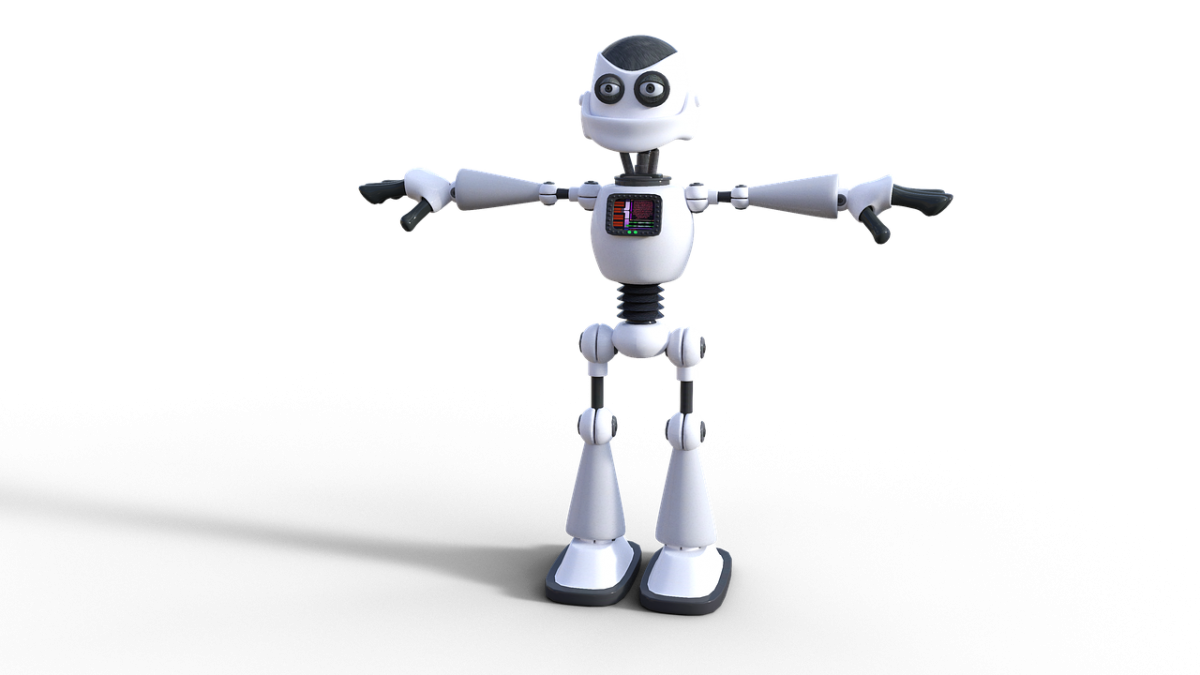There’s no shortage of industry press articles musing on the future of Contact Centres, so it’s refreshing to see one that looks back over the last 10 years to see which predictions of that time actually turned out to be true. BT’s Dr Nicola Millard article (https://www.callcentrehelper.com/contact-centre-future-customer-trends-153029.htm) and her associated whitepaper looks into current contact centre trends, and how they’ve evolved over 10 years of research. As well as a very interesting read, it ties in well with our 2020 plan, but also with a number of conversations I’ve had recently about chatbots and AI.
More organisations than ever before are looking at incorporating self-service digital channels, allowing customers to resolve their own problems without having to speak to a highly trained and relatively expensive human agent. Dr Millard suggests that 75% of customers say that they buy more from companies that make it easy to do business with them and that 75% of customers also like self-service because it puts them in control.
With numbers like this, it’s little wonder that companies are putting a lot of effort into self-service options such as websites or IVR solutions – but over the last few years, it’s really been the AI Chatbot that’s been seen to be the Nirvana of self service.
A chatbot takes the “messaging” experience we are all familiar with from SMS, Facebook, WhatsApp and the like, and pairs it with artificial intelligence tools (particularly “Natural Language Processing” or NLP) to try and determine the “intent” of a query or request from a customer. With that knowledge the chatbot can follow a script, provide information, or capture information into a business process.
It seems like the perfect solution, and indeed just a few years ago, when the hype about chatbots was at its peak, Dr Millard’s research shows that 73% of customers thought that bots would improve the customer experience. In 2020 however, this number is down to just 58% and Dr Millard suggests that “this underlines that the need to combine the human and the machine is paramount” and that “the trouble is that only one in five rate digital experiences as ‘excellent’”.
This research fits very well with our experience and our strategic vision about how to bring out the best customer experience outcomes using the right tools at the right time, with just the right mix of self-help, AI tools and good old, personal, kiwi customer service over which ever channel the customer wants.
The most common mistake companies make with bots is thinking that this is a “set and forget” solution – with businesses often paying big money up front to deploy a chatbot, and hoping it will turn into big savings on calls into the contact centre, providing a consistent (and “on brand”) experience every time.
In truth, as “inanimate” as it is, a chatbot requires a lot more care and attention and constant work from its human “carers” than most businesses understand. Regardless of the amount of upfront effort put into giving the bot all the answers you think it needs – people have a habit of coming up with new questions, or even new ways to ask a question in ways you could never have imagined up front – and nothing hurts the customer experience quite as much as having the bot endlessly repeating “I’m sorry I don’t understand” to every question.
Hitting the sweet spot is hard, but at Telnet we’ve always made it our mission to weave the best customer experiences, and chatbots is no exception to the rule. We’ve built a partnership with kiwi chatbot pioneers Ambit.ai and employ a team dedicated to leveraging the best out of the chatbot experience – laser focussed on providing that elusive “excellent” digital experience.
By leveraging the whole range of customer service interactions, the Telnet team are uniquely placed to identify areas of focus for self-serve – and also understand those areas where the bot may not be performing as well as it needs.
Telnet’s bot team are constantly reviewing how the bots are interacting with the public – looking at what questions the bot can’t answer, or what new ways of asking the same question are coming up. This data is used to train the bot and also make improvements into new functionality.
It doesn’t stop there of course – because Telnet has skilled operators at the ready at all times, instead of getting frustrated with an endless loop of “I can’t understand”, customers can get handed off to a live agent, who simply “joins” the chat with the chatbot to answer their query.
Better yet, Telnet’s agents have access to the entire conversation the customer had with the bot – removing another pain point mentioned in Dr Millards article; customers hate having to repeat themselves.
All in all, the reason many chatbot implementations fail is that the hype focuses only on the positive outcomes that self-service AI brings – yet the real power in getting the best out of the technology comes from fully understanding (and embracing) the limitations.
Chatbots can provide a huge range of services – not only providing the answers to questions – but gathering information, fulfilling business processes, making appointments and many more. If integrated with a clients back office systems, the possibilities are limitless – and if implemented properly, can really make a difference in providing that “excellent” CX for your customers.
If you’d like to talk more about how including a chatbot as part of your customer experience could make a difference for your customers and contact centre efficiency, please feel free to email me at john.chetwynd@telnet.nz

